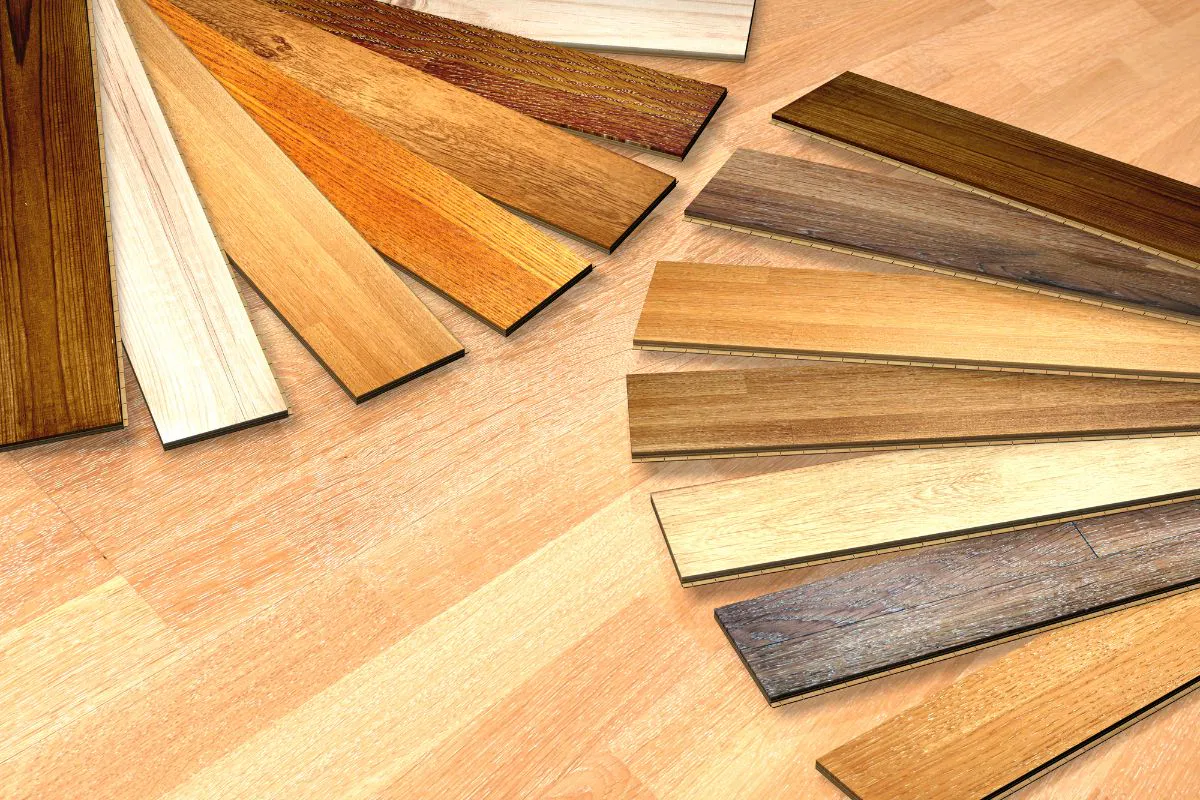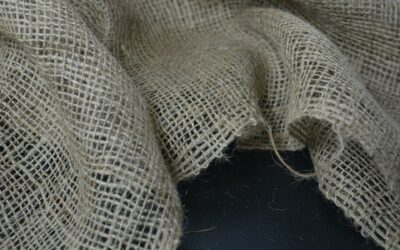The Importance of Sustainability in Wood Flooring Design
Sustainability is a key word of our time, especially when it comes to the design and furnishing of our living and working spaces.
Sustainable wood flooring design combines ecological responsibility with aesthetic elegance and durability. In this article, we will explore the different types of sustainable wood and their properties such as durability, care, color, shapes, sizes, and styles used by leading brands such as Proximity Mills, Canopy Flooring, Doma Flooring, and Liberty Home for their floors.
We also invite you to read Four Sustainable Flooring Materials: Eco-friendly and Stylish Options for a Greener Future
Types and Parameters which Make a Sustainable Wood Flooring
Wood floors are popular for their durability and natural charm, but not all wood floors are the same when it comes to sustainability. There are different types of sustainable wood flooring and we need to define the parameters that are applied to consider them sustainable.
Types
- Solid wood floors: they are made from one piece of wood and can be sanded and resealed several times, which extends their lifespan.
- Bamboo flooring: Bamboo grows back quickly and is therefore a renewable resource. Bamboo floors are hard and durable.
- Cork flooring: cork is a renewable resource that is extracted from the bark of cork oaks without harming the tree.
- Flooring made from recycled wood: Old wood from buildings that are being renovated or demolished can be recycled and used as flooring.
- FSC-certified wood: Wood certified by the Forest Stewardship Council comes from responsibly managed forests.
Parameters
To be considered sustainable, wooden floors must fulfil certain criteria:
- Origin: the wood should come from sustainably managed forests and ideally be FSC or SFI certified.
- Life cycle: Sustainable wood flooring should have a long lifespan and be recyclable or biodegradable at the end of its life cycle.
- Carbon footprint: The production and processing of sustainable wood floors should have a low carbon footprint.
- Indoor air quality: sustainable wood floors should emit no or very low levels of volatile organic compounds (VOCs).
- Energy efficiency: The production of sustainable wood floors should be energy efficient and use as little water and energy as possible.
We also invite you to read Four Sustainable Flooring Materials: Eco-friendly and Stylish Options for a Greener Future
The diversity of sustainable wood species
Sustainable wood flooring is not only an eco-friendly choice, but it also offers a variety of designs to suit any interior.
Proximity Mills, for example, relies on health- and environmentally-conscious flooring that has low VOC emissions and can be recycled at the end of its life. Canopy flooring, on the other hand, highlights the importance of renewable materials such as bamboo and cork, which grow back quickly and conserve natural resources.
Durability and Care
The durability of floor coverings is a crucial factor for sustainability. Doma Flooring, for example, offers a wide range of durable hardwood floors that are protected from scratches and wear and tear by a thick urethane coating.
Liberty Home, on the other hand, offers a variety of flooring in many colors, styles, designs, and sizes that are known for their quality and durability.

Colours, Shapes, Sizes and Styles
The range of colours, shapes, sizes and styles of sustainable wood flooring is impressive. From warm earth tones to modern shades of grey, from narrow planks to wide planks – the possibilities are almost endless. The brands we look at offer a palette that includes both contemporary and classic designs to suit all tastes.
An Objective View
Sustainable wood flooring is recognised as an environmentally friendly flooring option that is valued for both its aesthetics and durability. It offers a warmer and often more appealing alternative to other flooring materials and comes from renewable sources. However, despite its benefits, there are also critical aspects that should be considered when deciding in favour of sustainable wood parquet.
One of the main criticisms is the question of actual sustainability.
Not all wood parquet is the same, and the origin of the wood plays a decisive role. It is important that the wood comes from responsibly managed forests that are certified according to strict ecological standards. Otherwise, your choice of wood flooring could inadvertently contribute to deforestation and loss of biodiversity.
Another problem is the energy balance in the production and processing of wood parquet. Although wood is a natural material, the process from harvesting to finishing can be energy intensive, increasing the environmental footprint of the product.
We also invite you to read Sustainable Wood Flooring and Sustainable Architecture and The Bamboo Flooring Revolution
There are also concerns about the long-term durability and maintenance of wood parquet. Although it can be very durable with proper care, wood parquet requires regular maintenance to maintain its beauty and functionality. This can entail additional costs and the use of maintenance products that may not be environmentally friendly.
To avoid these problems, consumers and professionals should:
- Carefully check the origin of the wood and look for certifications such as FSC or PEFC.
- Consider the entire wood flooring supply chain to ensure environmentally friendly production.
- Consider the maintenance requirements and the availability of environmentally friendly maintenance products.
By making an informed decision, the benefits of sustainable wood flooring can be enjoyed while minimising the potential negative impact. It’s a balancing act that requires both an awareness of environmental issues and an appreciation of natural beauty and comfort.
Final Thoughts
Sustainable flooring design is more than just a trend; it is an investment in our future and that of the planet.
By choosing flooring that is both stylish and eco-friendly, we can make a positive contribution to the conservation of our natural resources.
Sources
- Proximity Mills | Eco-friendly Vinyl Plank Flooring (proximitymillsflooring.com)
- Low-VOC Flooring — Proximity Mills (proximitymillsflooring.com)
- The Top Eco-Friendly Flooring Options for Modern Homes – GreenCitizen
- Canopy Flooring: An In-Depth Review | FlooringStores
- 2024 Flooring Trends: 9 Most Stylish Flooring Options — Doma (domaflooring.com)
- Doma I Where Fashion Meets Flooring (domaflooring.com)
- Doma Flooring products – About Us
- Liberty Home Flooring: Is It Worth It? | FlooringStores Review
- Collections — Liberty Home Floors (libertyhomeflooring.com)
- Assessing impact sound insulation in floating floors assembled from Construction and Demolition Waste – ScienceDirect
- Livingetc: Modern home design and style
- Eco-Friendly Wood Flooring: 7 Sustainable Choices In 2024 (flooringstores.com)
- 12 Most Sustainable Woods for Flooring: A Life-Cycle Analysis | Impactful Ninja
- Eco-Friendly Wood Flooring: The 6 Most Sustainable Choices | Modernize
- Top 9 Eco-Friendly Sustainable Hardwood Flooring Options (planetpristine.com)
Images
- Mahima via Pexels
- 5150149601 via Shutterstock
- Wood Floor Colours via Slaughterbeck Floors





0 Comments
Trackbacks/Pingbacks